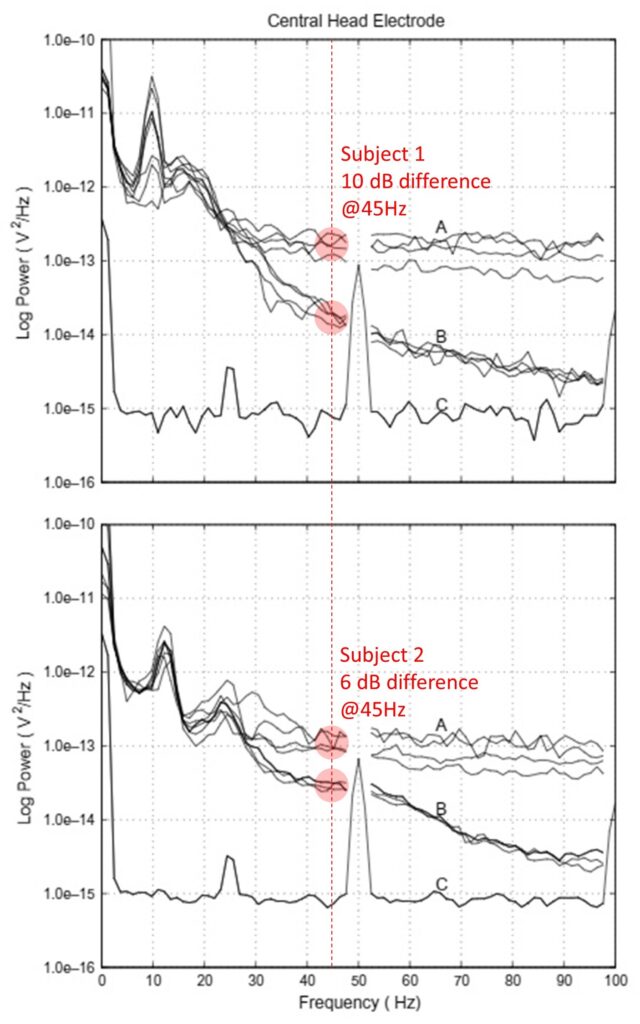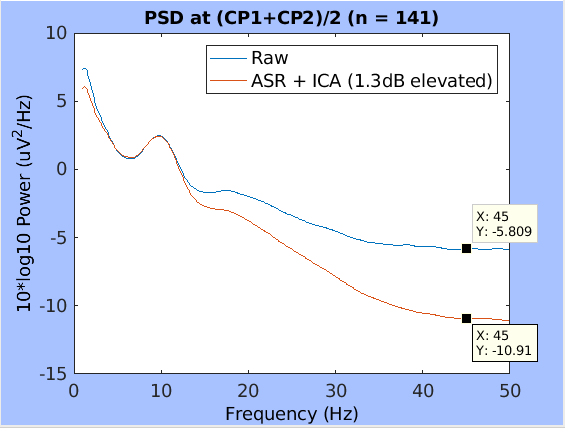My friend needed help with his desktop PC. There were several symptoms. The process of reading files from HDD was slow and glitchy. The machine also occasionally rebooted randomly. From my experience, I thought this was caused by a bad RAM. However, the trusty Memtest64 does not show any error.
https://en.wikipedia.org/wiki/Memtest86
Crystal Disk Mark showed very weird performance–slow and wildly varying read speed, and relatively stable and much faster write speed.
https://crystalmark.info/en/software/crystaldiskmark/
Is this due to a bad HDD? I told him to buy a new HDD for replacement to see if it fixes the problem.
I visited his office. I replaced the HDD, and ran Crystal Disk Mask again. While repeating the test, I noticed a wired behavior–the read test takes much longer than the write test (7.5 min vs. 2.5 min, 1 GB for 5 times, default parameters used otherwise). I asked my friend to run the same test on a different machine in the room. The read test was done quickly, less than 3 min. At this point, I changed my hypothesis from a bad HDD to a bad SATA controller, receptacle, or cable, although it was less likely.
I opened up the PC case. The motherboard print indicated the current connection was on SATA6. Just for testing, I unplugged the SATA 6G cable from the SATA6 and connected to the SATA5 which was located right below SATA6. I ran the same test again. It took less than 3 min for the read test–it fixed the problem! I also checked where SATA1-4 were located. It was hidden under a huge graphics board, which needed to be removed to connect cables. I checked the spec of this motherboard and found interesting information–Actually, SATA5-6 uses a controller chip ASM1061 from ASMedia, while SATA1-4 uses this mortherboard’s original controller chip contained in AMD X570 Chipset.
https://www.msi.com/Motherboard/MPG-X570-GAMING-PRO-CARBON-WIFI/Specification
Even if SATA5 port seemed working fine, I decided to avoid SATA5-6 altogether because they were both controlled by ASM1061. If the motherboard’s native SATA1-4 are available, why not using them first? After connecting the two HDDs to SATA1 and SATA2, the HDDs worked fine. We will see if this also fixed the random rebooting issue.


